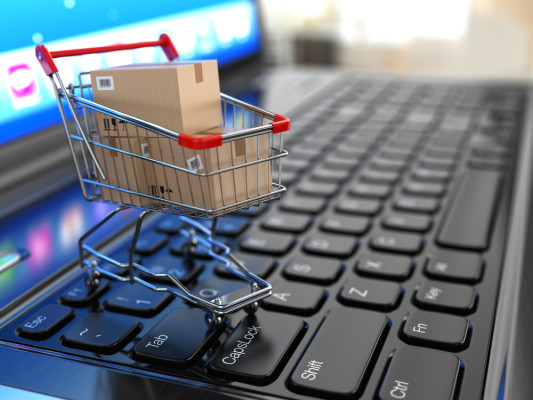
iZettle, the startup out of Sweden that has been referred to as the Square of Europe, is today making a move that underscores its bigger strategy to build on its traction with small businesses in mobile payments, to expand into an ever-wider range of financial services to fill out its $950 million valuation.
The company is launching a new e-commerce platform, where customers can build online inventory and check-out experiences either to complement the physical sales they are already making with iZettle itself, or as a standalone service as new customers to the company.
The service is rolling out in Sweden and the U.K. first, with plans to extend to the rest of iZettle’s footprint in Europe and Latin America over the coming months.
The idea is to provide a set of tools to build and run shops quickly and easily for the same kinds of small businesses and sole traders that already use iZettle, or “Shopify simplified,” as iZettle’s founder and CEO Jacob DeGeer describes it.
Pricing follows the same basic format as that of the company’s core mobile payments service. In the case of the U.K., for example, DeGeer says iZettle takes a 1.75 percent fee for each transaction on its mobile payments, and the e-commerce product will come in at £29 per month plus 2.5 percent on each transaction. (Rates might vary depending on the market in question.)
iZettle moving into e-commerce is not exactly a revolutionary idea. Square has been offering a Stripe-style online component to businesses since 2016, and, of course, companies like Shopify and Stripe and many others are also providing similar services.
DeGeer says that iZettle’s service is differentiated and better because it follows on from iZettle’s belief that there has not been enough attention given to building products specifically for the small business person. “It’s a segment that is traditionally underserved,” he said. The same had been for the case in card payments, where sole traders and small businesses were regularly not accepting cards simply because the cost of doing so was too high for them, a problem solved by turning ordinary smartphones and tablets into point of sale terminals with the help of a dongle.
The same ethos appears to be applying here: For those who are already iZettle customers and running sales through the company’s platform, DeGeer said that they can bring their sales online with one click, and then all sales across both offline and online will be viewable in a single database. And why would customers add the online component? It’s potentially a way to, for example, facilitate online ordering ahead for a cafe, or for a jewelry vendor from a market or small shop to develop a web-based store — offerings that in the past would have been too costly or complicated for small businesses to create and integrate.
For now, iZettle isn’t providing much in the way of fulfillment to its customers — one of the more compelling aspects of having a company like Amazon run and fulfill your online shops and subsequent distribution of goods — but DeGeer said that it “would listen” to what customers request, and potentially consider this down the line.


